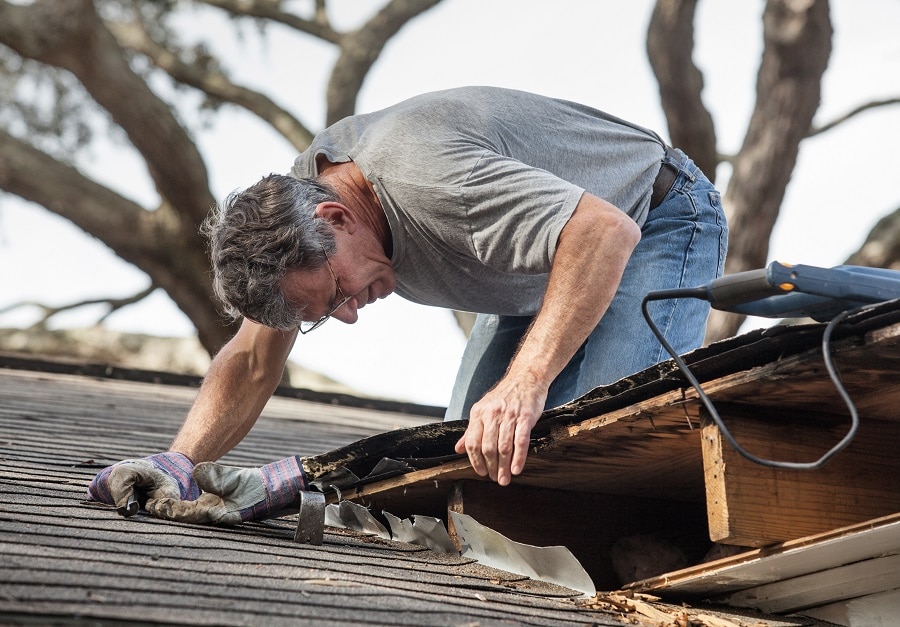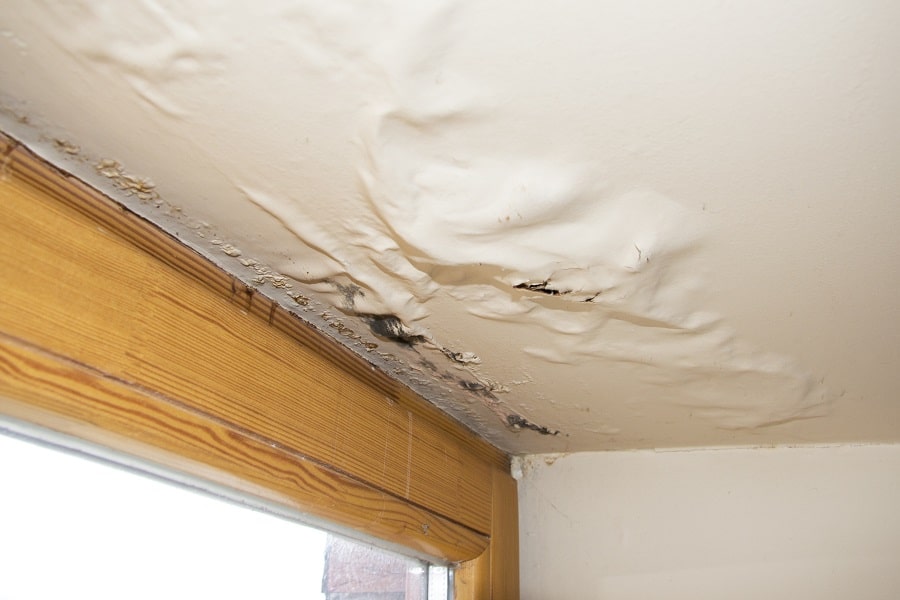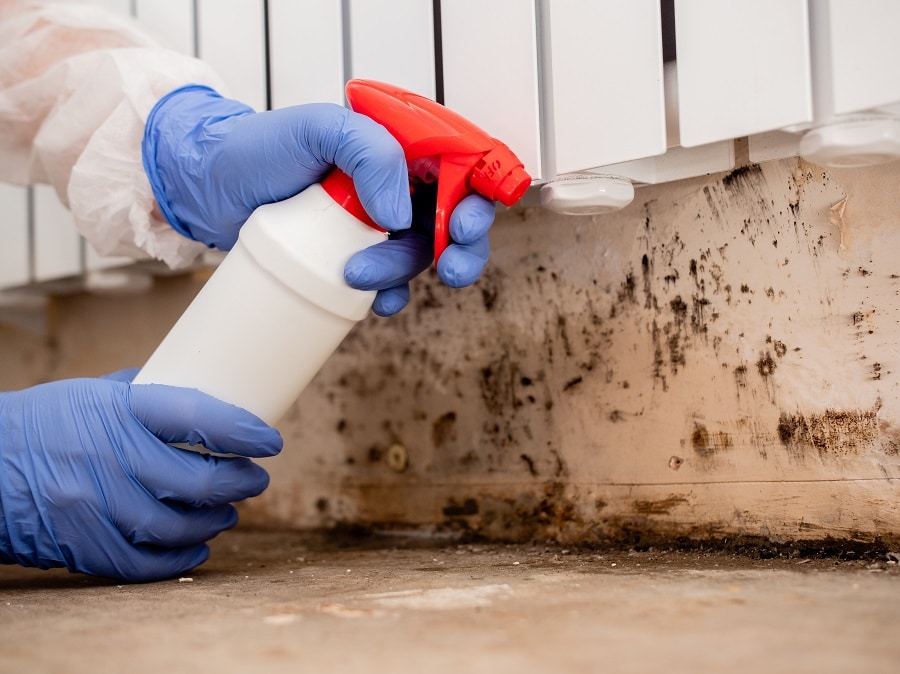When considering any building, no matter how old, timber decay within the structure is usually as a result of rot. Wood rot manifests in two common forms: dry and wet rot, with both being (brought on by) a result of fungal decay in building timbers.
What is Wet Rot?
Wet rot is a parasite that can be found in wet timber. It disturbs the timber, causing it to swell and the fibres to begin separating, leading to crumbling and loss of strength in the structural timber. Wet rot can speed up the decay process, making timber lose its structural integrity and eventually collapse. Incessant contact with sources of moisture is the primary cause of wet rot in structural wood. This could be from the ‘wet’ side of the structure, through faulty plumbing or penetrating damp. Wet rot is a fungus, it will spread to timbers in the vicinity of the source and cause damage.
Our Guarantee
- upto 30 year guarantee
- customer focused team
- 20 years combined experience
- portfolio of satified customers
- attention to detail
- Construction line accreditation
- public liability insurance
- CHAS accreditation
What is the Difference Between Dry Rot and Wet Rot?
Dry rot triggers quick and extensive damage to structural timber as it spreads through the affected property. Wet rot, while occurring more often, causes less harm; the waterlogged areas on the timber suffer virtually all the damage. In the absence of obvious fungus, we can differentiate Wet Rot from the Dry Rot by observing the differences in the timber colour and the type/size of cracking seen on the timber with the progression of either type of rot.
What causes Wet Rot?
Certain environmental conditions influence the emergence of wet rot spores. Moist timber is the main cause of Wet Rot. Moisture expedites the progression of wet rot fungi. As a result of this, indications of premature deterioration can be seen in the decaying wood.
The Dangers of Wet Rot in Cuckfield
Wet rot poses a serious risk to the longevity of a building. It can even reduce the market value of the affected property. When you notice wet rot, make sure to treat it quickly, if not there is a high likelihood of it spreading and infecting your house. Recent surveys of 2,038 London homeowners asked whether they experienced wet rot, where the rot had taken hold and whether they were able to stop it recurring in the future.
The results were shocking – more than 20% of homeowners experienced wet rot in some form. Wet rot damages timber floors and can even affect the building’s structural integrity. Apart from the costly repair work, it could go even further by devaluing your property. Most insurance providers will not offer policies to buildings with clear signs of moisture ingress or damp buildup.

What are the Warning Signs of Wet Rot?
The progression of the fungus from its appearance to become a pervasive issue depends on the moisture it is exposed to. Some obvious signs include peeling wallpaper, a musty smell, malfunctioning cookers and central heating boiler. Common areas where you can find wet rot include underneath the kitchen sink, along external walls, and roof spaces/attics. Wet rot commonly affects older houses built using timber frames as opposed to modern species like Meranti and Sapele. Timber below ground level and as high as the one-floor level are also vulnerable to wet rot. Identifying wet rot or dry rot is the first step toward preventing it. If you believe your home has a wet rot infestation, a damp survey is necessary.
Call Our Sussex Damp Experts team now for quote, consultation and advice:
Call on 01273 257 765.
How and When Should I Look for Wood Rot?
The same as spring cleaning, searching for signs of rot and damp is a task that should be undertaken annually. The pre-winter preparation period is a great opportunity for you to do this. The inspection requires a long-handle screwdriver as well as a powerful flashlight.
If your home has wood siding, you should examine it for signs of discolouration or swelling. Since paint can hide wood rot and to ensure that it is solid, poke the siding with the screwdriver. If the wood has a spongy feeling and the surface gives in when you touch it, then you have wood rot. Scan the attic with a flashlight for discoloured wood. Transition to the screwdriver test if you notice any. There are some prime spots you should examine for the growth of wood rot in the attic including the edges where the eaves are formed by slanting rafters, the roof decking base, and the joints where wood logs intersect at the top of the roof.
Using a flashlight to spot discolouration around the perimeter wood plate on the concrete wall, check wood members in the basement or crawl space (sill plate). Use the screwdriver test, wherever necessary, on any discoloured regions. Examine walls and floors for signs of water leaks or discolouration under sinks, around tubs and baths, and the water heater.
How do we identify wet rot?
Identifying wet rot is not an exact science, there many different forms of wet rot that can affect timber in different ways. If you can push a knife all the way into painted timber, that is an obvious sign of rot. Our damp-proofing specialists have tons of experience and training to detect the following:
- Localised fungal growth on timber
- The soft, spongy feel of timber; the affected area appears darker than the surrounding timber.
- The soft and spongy texture of rotting timber; the affected region often looks darker than the other parts.
- That spongy, soft feel timber gets when affected by wet rot; the affected parts are darker than the other areas.
- The spongy, soft texture of rotten timber; the infested area is darker than the other parts.
- The springy feeling that is an indicator of wet rot; the affected area is often darker than others around it.
- Crumbling of affected dry timber into particles.
- Dry timber crumbling into particles.
- The crumbling of infested timber into dry particles.
- Dried-out timber disintegrating into particles.
- The disintegration of rot-eaten timber into particles.
- Shrinking timber
- Bleaching wood in window and door frames
- Flaky or damaged paint
- A musty, damp smell
What to Do After You Detect Wet Rot?
You need to engage the help of a damp expert when you notice wet rot. The source of moisture must be identified and blocked to avoid similar cases in the future. For further information about treating wet rot, call us on 01273 257 765 and let Sussex Damp Experts help.
Wet Rot and Damp Proofing in Cuckfield

If you need damp proofing services or wet rot treatment in Cuckfield, you are on the right page. When you call us immediately you notice signs of damp or wet rot, we can fix the problem by putting a stop to the progression of the infestation; helping you avoid pricey repairs down the road and minimising health risks. Our professional surveyors will identify the root of the issue and recommend ways to eliminate it.
Timber damp proofing is not a cosmetic treatment; it’s a maintenance strategy that’s designed to protect the timber from rot and decay. There are two ways to appropriately protect the timber.
You should not rely on surface treatments; they fail often and can even worsen the situation. The only way out is to encapsulate the entire surface with a membrane, replace or treat the timber. Sussex Damp Experts can provide more information on wet rot treatment, call our experts on 01273 257 765 today to get started.
Wet Rot Treatment Specialists in Cuckfield
With more than 20 years of experience, we are one of Cuckfield’s leading wet rot specialists; offering site surveys and cost estimates at no charge to private and commercial property owners. Our damp proofing and wet rot experts will visit your property, identify any signs of water ingress or wet rot and advise you on the best course of action. Our team of experts can diagnose and treat all types of wet rot in properties using advanced methods.
Wet Rot Treatment in Cuckfield
Wet rot commonly attacks areas that remain damp due to constant exposure to moisture. However, when we treat wet rot, we do not just fix the damage caused by it. The problem must be treated at its source. We investigate how moisture comes in contact with the timber and eliminate all future threats that could lead to a similar situation. Wet rot treatment should be left to experts who can provide a comprehensive solution. Delaying wet rot treatment can be a costly mistake. When you observe the development of fungi growth or hyphae strands, you are best off to engage the services of a specialist team of experts, such as Sussex Damp Experts.

We have the necessary know-how to treat wet rot. Sussex Damp Experts is always ready to help, we quickly identify the cause of the humidity and the affected areas. Don’t wait till the timber starts falling off, call 01273 257 765 today or fill our contact form and we will reach out to you.
Our Wet Rot Treatment Process in Cuckfield
The damage worsens the more you put off starting the treatment process. Identifying the progress of the fungal rot early could mean the treatment will be restricted to just a small area. In more serious situations where the fungus has spread along the breadth of the timber, you may need replacements for entire timber beams. Wet rot treatment involves several steps. The treatment of any fungus-related issue involving timber should start by protecting it from damp. We take corrective action to locate and eliminate the sources of water leakage on timber including poor guttering and condensation. Replacing the affected wood is often the port of call for inexperienced builders or contractors. Thereafter, such treatment typically involved the spraying of chemical preservatives in the affected area. This can only lead to failure. If you notice even the slightest signs of wet rot in your property, the team at Sussex Damp Experts is more than happy to help out. Call us today.
What happens to Wet Rot if left untreated?
Leaving wet rot to grow unchecked will lead to the weakening of the structural timber which could affect the safety of the residents. When rot sets in, the timber becomes spongy and soft, and caves in when you prod it with a sharp edge such as a knife or screwdriver. The long-term result is a loss of structural integrity in the timber, which could eventually lead to your building being condemned. Call Sussex Damp Experts on 01273 257 765 to get your treatment project started today.
What is the cost of Wet Rot Treatment in Cuckfield?
Rot can be devastating for any property. The cost of damp proofing and remedial works varies depending on the type and severity of the problem, but you shouldn’t let that put you off. With our experts who are always willing to help, you will find that wet rot treatment in Cuckfield doesn’t have to cost a fortune. We are dedicated to providing the right solutions to help you keep your home rot-free.
How to prevent wet rot?
At all times, wood should be kept dry to avoid cases of rot. Wood hardeners for use on timber at risk of being affected by wet rot are also an effective measure. The wood gains strength after the hardener soaks into it. Areas of a building that are most vulnerable to damp include window boxes and sills, and timbers that haven’t passed through damp proofing treatment such as fungicide and sealant applications but still touch stonework.
Talk to Our Wet Rot Treatment Experts Today!
Sussex Damp Experts can provide more information on wet rot treatment, call our experts on 01273 257 765 today to get started.
FAQ
Is wet rot smelly?
Is Wet Rot Capable of Spreading?
Can Wet Rot Cause Health Problems?
Is there a DIY treatment solution?




